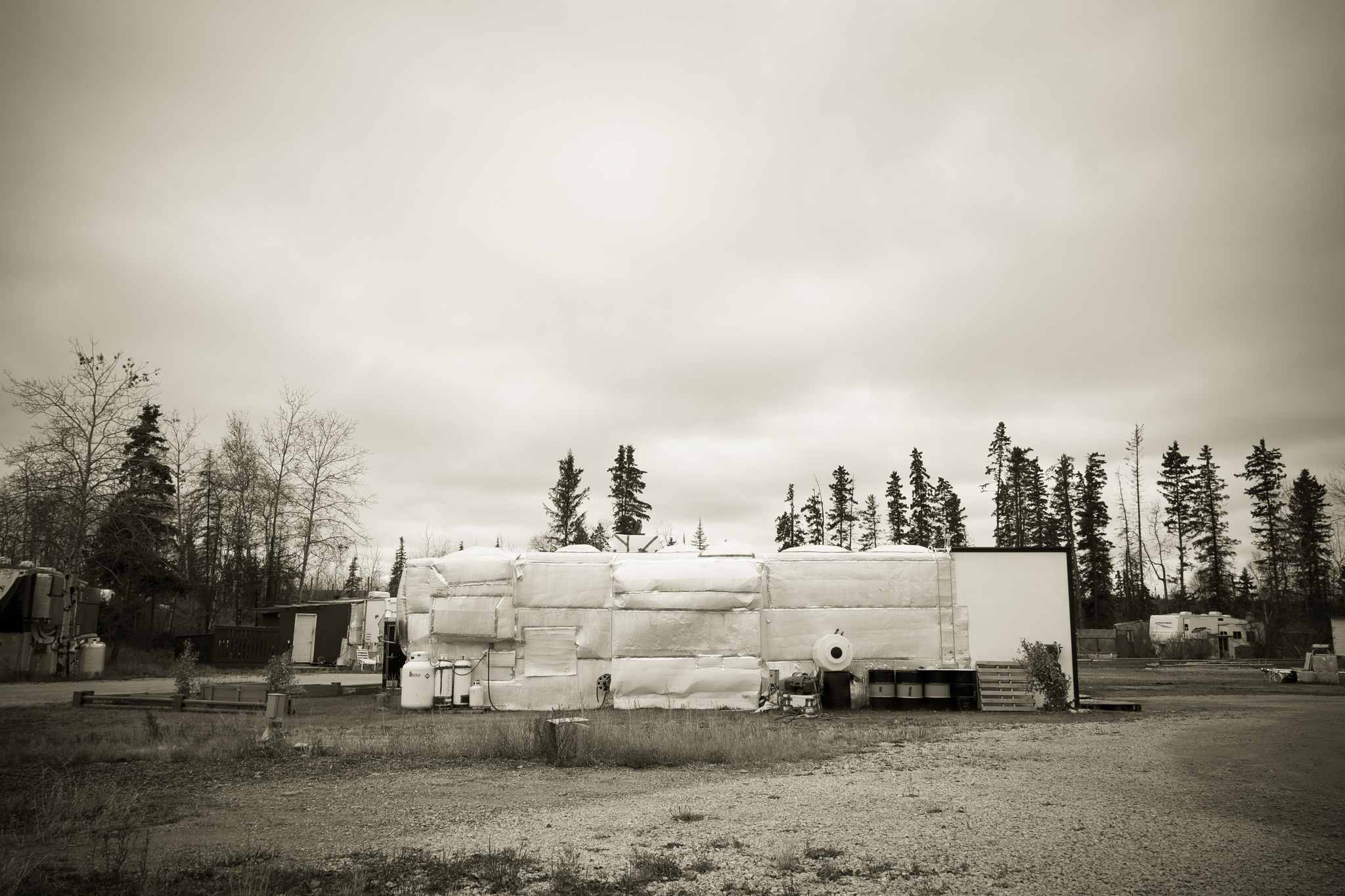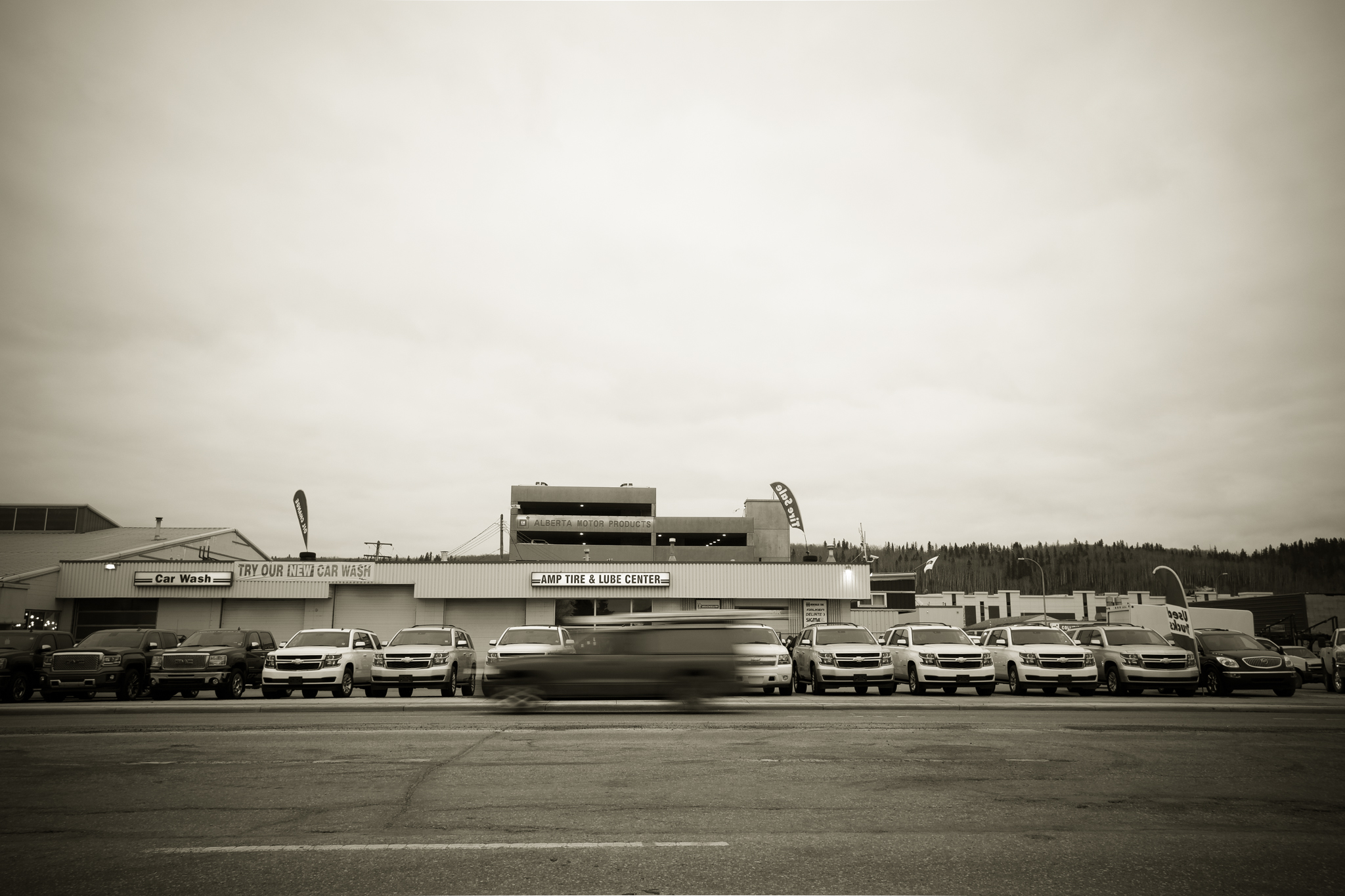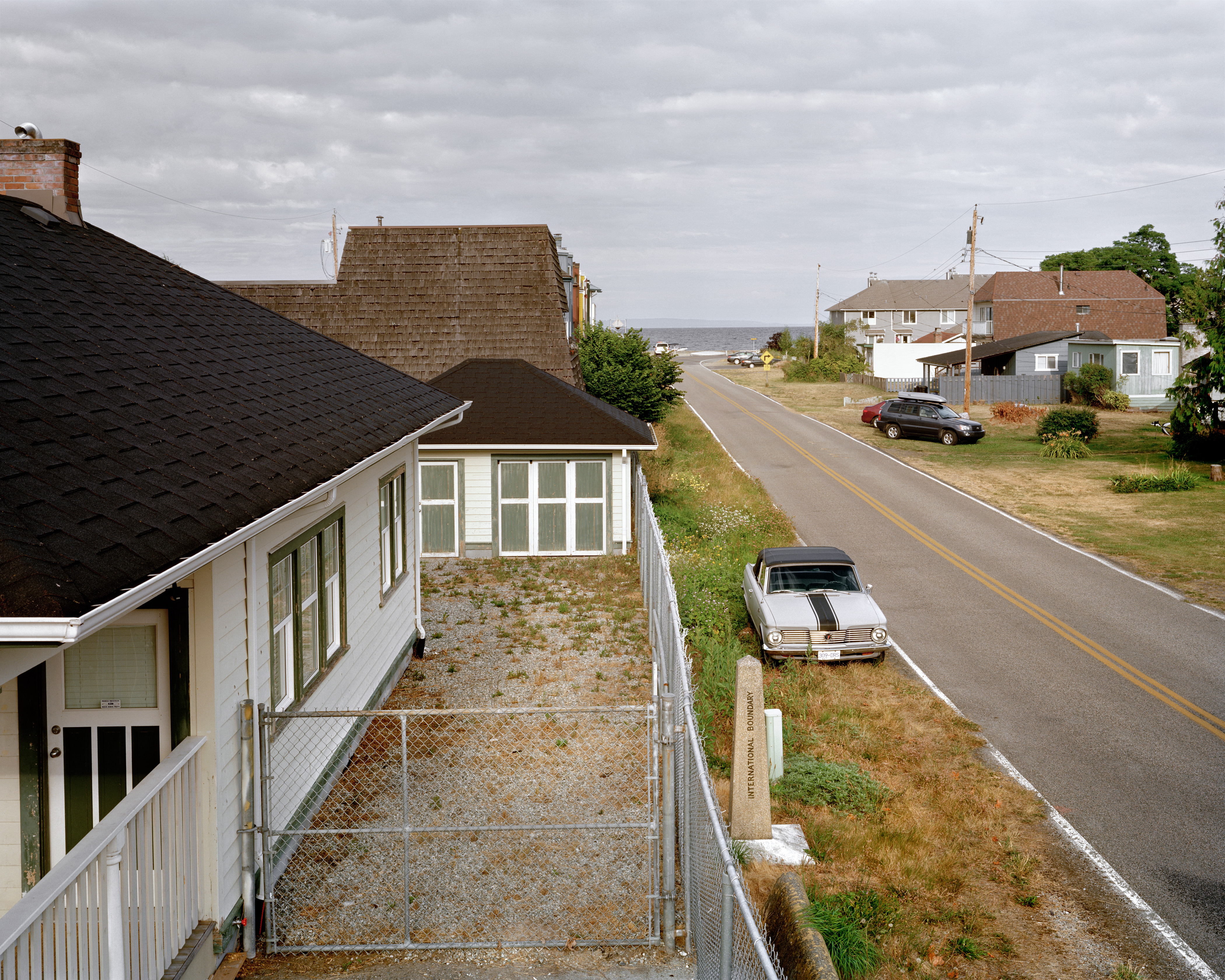August 24, 2022

https://edmontonjournal.com/news/local-news/students-community-league-pleads-for-edmonton-council-to-save-scona-pool
On Wednesday, August 24, 2022 – Edmonton City Council heard from the City Manager.
The city manager delivered a report that spoke about how under closer inspection, SCONA POOL not only needs a new heat exchanger, a part that has been operating since 1959, but also that with the consultation of repair personnel, engineers, and lawyers, that SCONA POOL would need to close and undergo 6 Million dollars in renovations, otherwise the space would be deemed too much of a risk and a liability.
The advocacy around keeping Scona pool open for the last 13 years has been fierce, and the list is too long to name everyone here needs to be thanked. Thank you.
Today we presented to City Council, 17+ community members, including River City Rec, long-time advocates like Elaine Solez, several community youths, and current Scona high school students made impassioned speeches and presentations in favour of keeping Scona Pool open. City Council voted to close the pool because of what I see as the following logic: The pool poses a health and safety risk, and the liability is too great for the city to assume such a risk at this time.
In order to keep the pool open under the banner of a City of Edmonton facility, 6 million dollars and a closure of at least a year would be needed in order to keep SCONA POOL open.
Council was somewhat divided on the matter, and there was some debate about the potential value that a 6 million dollar and a year-long + closure would offer.
The more dominant sentiment among city councillors that were in favour of closing SCONA Pool argued that 6 million dollars on infrastructure like a swimming pool from 1959 would not be seen as fiscally responsible.
From our Queen Alexandra community league position, the closure of SCONA POOL will be a tremendous loss.
The advocates and community voices who spoke today made strong cases for many of the reasons why having a small-scale public amenity in a walkable neighbourhood close will have a substantial negative impact on the quality of life for many people.
Queen Alexandra is in a unique position in the city because of its proximity to walkable amenities.
The two most recently funded recreation projects in Edmonton are Coronation Park Recreation Centre ($153.4 million), and the Lewis Farms Recreation Centre ($311 million). Yes, absolutely, these new centres will be a boon for the entire city and region. But, as Edmonton South of the river neighbourhoods like Strathcona, Ritchie, Allendale, Queen Alexandra, Parkallen, Hazeldean, Garneau, McKernan, Belgravia, Mill Creek, and others continue to densify, so grows the demand for public amenities, like rec centres and swimming pools.
We need accessible recreation options for a diversity of patrons, and we need these places in a diversity of locations. The loss of the pool, from our perspective, gives credence to the fact that we need a replacement ASAP!
So, here’s the thing. For the last 13 years, a committed group of volunteers have devoted themselves tirelessly, to make sure that SCONA POOL stays open until a new Rollie Miles Rec Centre ($80 million *Proposed) gets built.
Today was a hard day and many tears were shed at the loss of SCONA POOL – but it can’t end here.
We must raise our voices, not only to the city council, who heard many tell heartfelt stories about how SCONA pool makes their lives rich with experience – but also to our friends and colleagues across this city.
Those who live in other parts of the city and ostensibly have the least to gain from a new Rollie Miles Rec centre need to hear your own stories of the qualitative and quantitative value of why small-scale recreation options matter to you, and how our lives as citizens are interconnected. I say this with an eye to the next opportunity which will come in the Fall, date is not set yet when Council will decide what projects make it into the next capital budget and which will not.
When the time comes, we want to be ready to make our voices heard that we need Rollie Miles Rec Centre to be included in the coming 4-year budget, 2023-26.
We heard from city administration today that if funding is approved and everything is presumably fast-tracked as much as possible and without any significant delays. The earliest a new Rollie Miles Rec Centre could open would be 2027/2028. Now that Scona Pool is officially closing we will need to redouble our efforts into advocacy for Rollie Miles and reduce the number of years without a pool. Together, we can make it happen, just like we kept Scona Pool open for an extra 13 years.
On September 17 at 11 am we will gather together for a Membership Drive at Queen Alexandra Community League, 10425 University Ave. Stay tuned for more information. On the day, we can use the opportunity to gather together to share stories, meet neighbours, strategize about activism, and strengthen our resolve about how best to advocate for a Rollie Miles Rec Centre for all Edmontonians.
When further information is available, we will be sure to host an event where we can celebrate the Scona Pool before the doors are closed for good.
Note* word has it that 311 has been ringing off the hook all afternoon with calls from concerned citizens in shock at the closure of SCONA POOL. Who knows, maybe the squeaky wheel approach is best.
QACL President, Andriko LozowyCopyright © 2022 Queen Alexandra Community League, All rights reserved.
You are receiving this email because you participated in our Community Recreation Conversation.
Our mailing address is: Queen Alexandra Community LeaguePO Box 4546 Stn South Edmonton, AB T6E 5G4 Canada
https://edmonton.ctvnews.ca/a-regrettable-situation-councillors-vote-to-close-scona-pool-1.6041112
https://www.cbc.ca/news/canada/edmonton/city-council-scona-pool-1.6561444
https://www.cbc.ca/news/canada/edmonton/edmonton-city-council-scona-pool-1.6555864


































